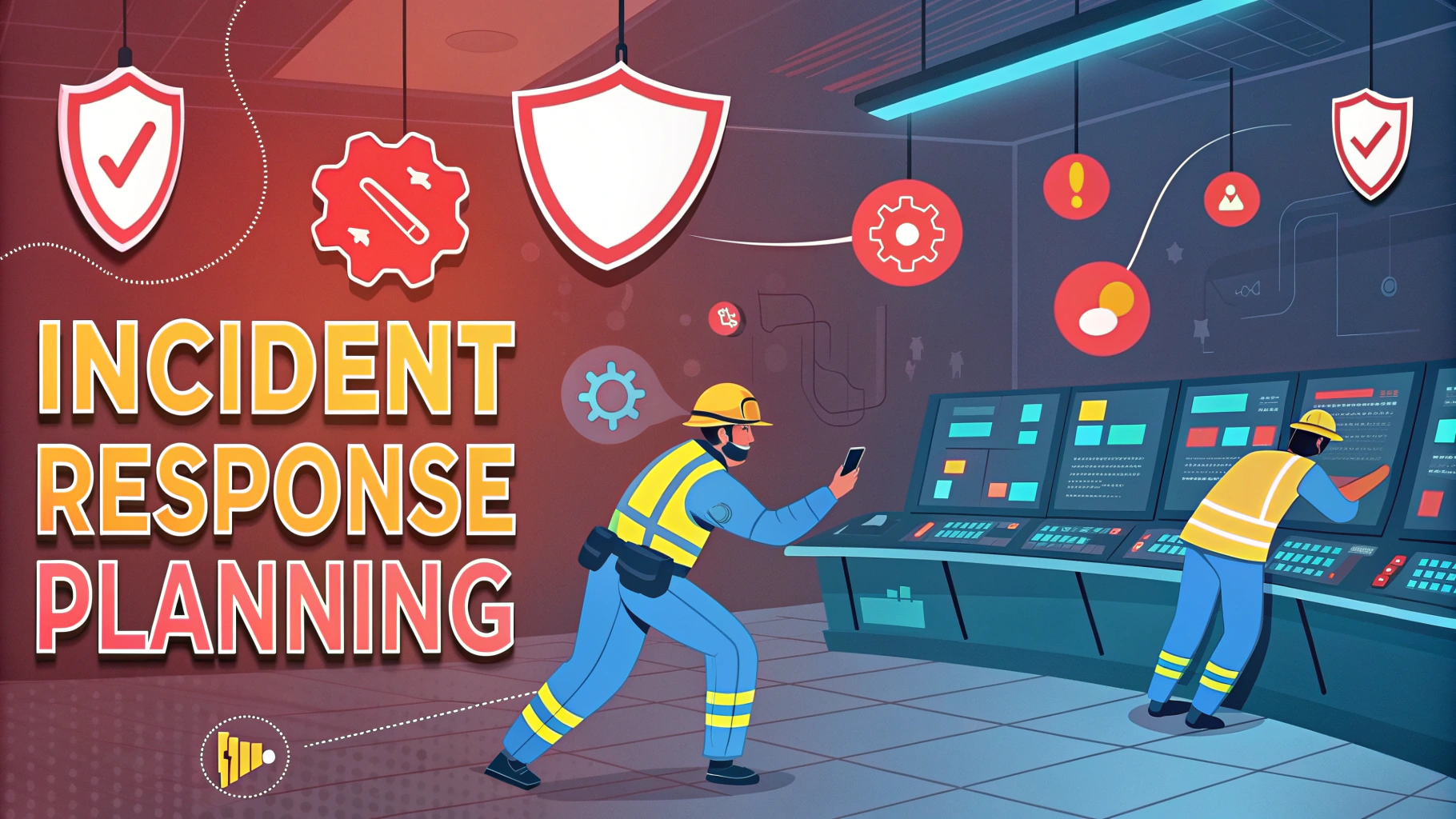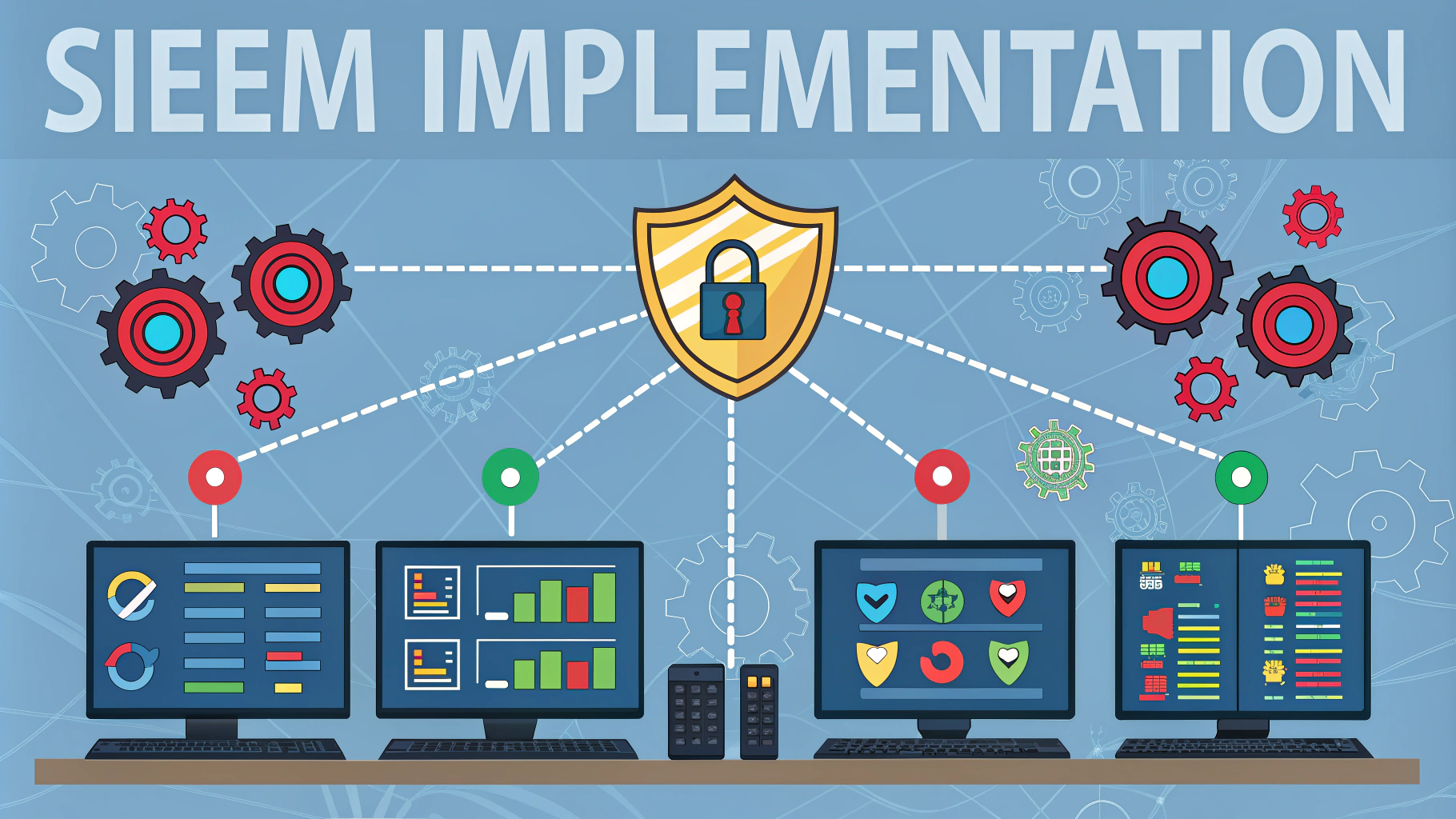Incident Response Planning with penetration testing helps organizations prepare for and handle security breaches effectively.
Testing security measures through controlled attacks reveals vulnerabilities before malicious actors can exploit them.
This guide explains how to integrate penetration testing into incident response plans for better security readiness.
Key Components of Incident Response Planning
- Identification of critical assets
- Risk assessment procedures
- Response team structure
- Communication protocols
- Recovery strategies
Integrating Penetration Testing
Regular penetration tests simulate real-world attacks to evaluate incident response effectiveness.
Types of Penetration Tests for IR Planning:
- External Testing: Assessing perimeter defenses
- Internal Testing: Evaluating internal network security
- Social Engineering: Testing human element responses
- Application Testing: Checking software vulnerabilities
Testing Schedule Recommendations
| Test Type | Frequency |
|---|---|
| External Network | Quarterly |
| Internal Network | Semi-annually |
| Social Engineering | Bi-annually |
Response Team Structure
Build a dedicated team with clearly defined roles and responsibilities.
- Incident Commander: Coordinates response efforts
- Technical Lead: Manages technical investigation
- Communications Officer: Handles internal/external communications
- Legal Representative: Ensures compliance
Documentation Requirements
Maintain detailed records of all penetration testing activities and findings.
- Test scope and objectives
- Identified vulnerabilities
- Exploitation attempts
- Response team performance
- Remediation recommendations
Tools and Resources
Common penetration testing tools for incident response planning:
- Nmap: Network scanning
- Metasploit: Exploitation framework
- Wireshark: Network protocol analysis
- Burp Suite: Web application security testing
Action Steps for Implementation
- Define testing scope and objectives
- Select appropriate testing tools
- Schedule regular assessments
- Document findings and responses
- Update incident response plans based on results
Building Resilience Through Testing
Regular penetration testing strengthens incident response capabilities and improves overall security posture.
Contact a certified penetration testing provider to begin improving your incident response planning: SANS Institute Training.
Best Practices for Testing Scenarios
Develop comprehensive testing scenarios that mirror real-world attack patterns and emerging threats.
- Create diverse attack vectors
- Include multi-stage breach attempts
- Test backup and recovery procedures
- Simulate ransomware incidents
- Practice data exfiltration detection
Measuring Response Effectiveness
Establish metrics to evaluate incident response performance during penetration tests.
Key Performance Indicators:
- Detection Time: Speed of threat identification
- Response Time: Time to initiate containment
- Resolution Time: Duration until incident closure
- Recovery Accuracy: Effectiveness of restoration
Continuous Improvement Process
Implement feedback loops to enhance incident response capabilities based on test results.
- Review test findings regularly
- Update response procedures
- Retrain team members
- Adjust security controls
- Refine communication protocols
Strengthening Security Through Proactive Testing
Effective incident response planning combined with regular penetration testing creates a robust security foundation. Organizations must maintain vigilance through continuous assessment and improvement of their response capabilities.
- Conduct regular testing cycles
- Adapt to emerging threats
- Maintain team readiness
- Document lessons learned
- Stay current with security trends
FAQs
- What is Incident Response Planning in the context of penetration testing?
Incident Response Planning during penetration testing involves creating and testing procedures to detect, respond to, and recover from security incidents identified during controlled security assessments. - How does penetration testing integrate with incident response procedures?
Penetration testing helps validate incident response procedures by simulating real attacks, allowing security teams to practice their response strategies and identify gaps in detection and containment capabilities. - What are the key components of an incident response plan for penetration testing?
Key components include preparation, identification, containment, eradication, recovery, and lessons learned documentation, specifically tailored to handle findings and potential incidents during penetration testing exercises. - How often should organizations conduct penetration testing as part of incident response planning?
Organizations should conduct penetration testing at least annually, after significant infrastructure changes, or when required by compliance regulations to maintain effective incident response capabilities. - What roles should be involved in incident response during penetration testing?
Essential roles include incident response team leads, security analysts, system administrators, network engineers, legal representatives, and designated communication coordinators. - How can organizations measure the effectiveness of their incident response plan during penetration testing?
Effectiveness can be measured through metrics like mean time to detect (MTTD), mean time to respond (MTTR), accuracy of incident classification, and successful containment rate of simulated attacks. - What documentation should be maintained during penetration testing incident response?
Documentation should include test scope, identified vulnerabilities, incident timeline, response actions taken, communication logs, and post-incident analysis reports. - How should organizations handle false positives during penetration testing incident response?
Organizations should document false positives, analyze their cause, update detection rules, and adjust response procedures to minimize future false positives while maintaining security effectiveness. - What are the common mistakes to avoid in incident response during penetration testing?
Common mistakes include failing to communicate test schedules, not documenting findings properly, overreacting to test scenarios, and not implementing lessons learned from previous tests. - How can incident response plans be updated based on penetration testing results?
Plans should be updated by incorporating new attack vectors discovered, improving detection mechanisms, refining response procedures, and addressing identified gaps in current response capabilities.








